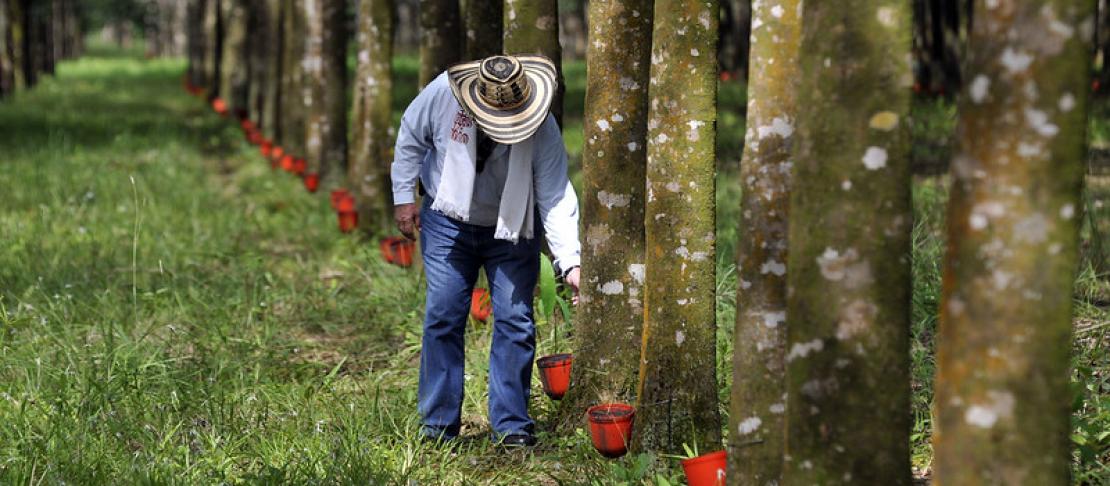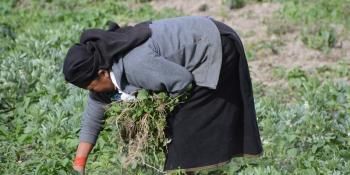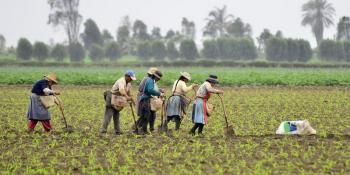AgLEDx: A new CCAFS resource for understanding low-emissions development in agriculture

Global food systems contribute about one-third of global greenhouse gas (GHG) emissions, and agriculture accounts for over half of these emissions and is expected to nearly double by 2050. Research has shown emissions reductions in other sectors alone will be insufficient to meet the policy targets of the Paris Agreement, making mitigating agricultural emissions and sequestering carbon critical to achieving the 1.5 ˚C target.
Agricultural low-emissions development (LED) is an approach to mitigation that integrates the need to achieve food security and other development aims in low- and middle-income countries but in ways that also minimize GHG emissions. There is no silver bullet to mitigating agricultural emissions, and each farming system, country, town and farmer will need a different approach.
Understanding the intricacies of climate change mitigation in the agriculture sector can be tedious and it can be hard to find relevant information. Open access guidance to technical information and introductory materials are lacking, especially guidance relevant to developing nations. A new resource platform can fill this gap.
One for all
The AgLEDx Resource Platform was designed as a go-to resource for low-emissions agriculture development for a wide range of users, from basic explainers for those completely unfamiliar with mitigation to technical references for those seeking to expand their knowledge in a particular subsector.
The guidance focuses on agricultural emissions and their mitigation, and cases and resources for emissions and mitigation options related to agricultural activities. AgLEDx is also a synthesis of the current knowledge on agricultural climate change mitigation, giving experts a quick reference guide. It also functions as a signpost for policymakers and practitioners for integrating mitigation into agriculture, GHG accounting, finance and climate policy.
AgLEDx can be used to guide and inform the technical choices of nations preparing their nationally determined contributions (NDCs, see the AgLED glossary) or climate change mitigation plans, especially for developing countries.
It can help boost the understanding of low-emissions development in agriculture of students and the general public with fact sheet-style information on the basics of agriculture mitigation practices and technologies or why low-emissions development is a critical approach to combating climate change and achieving the Sustainable Development Goals and Paris Agreement targets.
This new guide addresses a need for introductory and in-depth information on agricultural low-emissions development and climate change mitigation.



